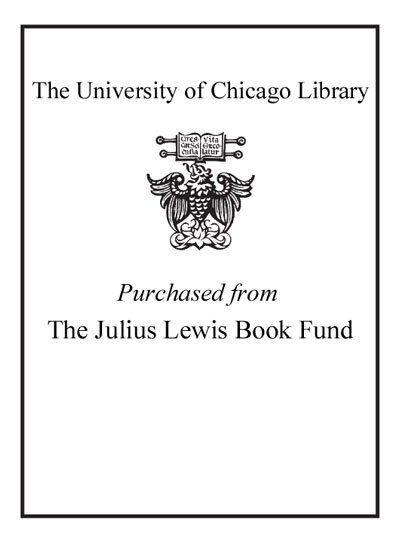| Summary: | "In the aftermath of World War II-partly in response to the horrors revealed with the liberation of Nazi death camps and partly as an exuberant reaction to the end of a grueling war-the United States experienced a sort of "religious boom," which included a rapid expansion of church and synagogue construction. In this important new study, Anat Geva examines the implications of this period for the American Jewish community as illustrated by new forms of architectural expression for houses of worship built during this time. In Geva's analysis, this trend was informed by three principal factors, the first of which was the search for American Jewish identity, post-World War II. This search was a function of Jewish reactions to the Holocaust and the establishment of the state of Israel. Both factors show Jewish resilience in continuing their physical and spiritual identity. This resulted in Jewish congregations' readiness to depart from historicism of the past (e.g., the European experience) and embrace American values in their synagogues. Second, the move of congregations to the suburbs provided an opportunity to experiment with new design concepts and innovative building technology in constructing their synagogues. This in turn allowed architects to utilize modernism to "push the limits" in design and construction of these buildings. Finally, the trend was informed by the emergence of American modern architecture and innovative building technologies. Influenced by Expressionist architect Erich Mendelsohn's manifesto In the Spirit of our Age (1947), which called for the departure from traditional synagogue design, other prominent architects of the era ventured to bridge modernism and Judaism in their design of the American synagogue in an attempt to link the synagogue to American values and landscape. In its careful analysis of varying impacts on American Jewish and architectural thought exerted by influences ranging from the American value of freedom of religion, to the architectural reflection of Jewish identity in post-World War II America, to the American mid-twentieth-century modern architecture movement, and embracing also the implications of changes in demography and liturgy, Pushing the Envelope will, if approved, offer students and scholars a fresh perspective on an important moment in American Jewish society and culture as reflected in its houses of worship"--
|
|---|

